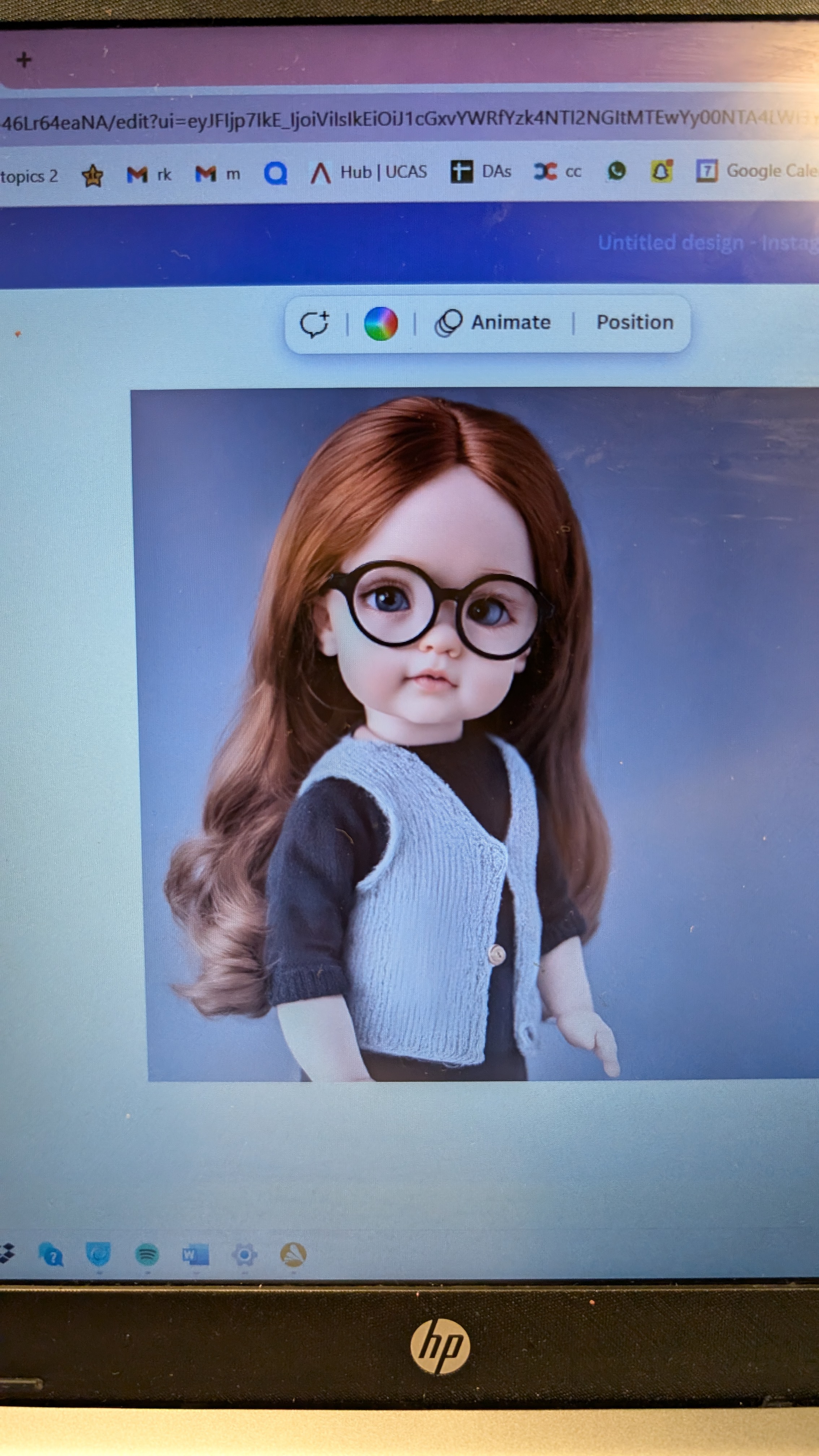Muti-store model of memory
Cards (17)
- The multi-store model of memory
- The sensory register
- Short-term memory (STM)
- Long-term memory (LTM)
- Coding
- Capacity
- Duration
- The sensory register: coding, capacity and duration
- Who conducted the sensory register research in 1960?
- What were the two tasks participants performed in Sperling's sensory register research?
- In Task 1 of Sperling's experiment, how many letters could participants typically remember?
- What was the average number of letters recalled from the indicated row in Task 2?
- What do the findings of Task 2 suggest about the sensory register's capacity?
- What does the quick fading of information in Task 1 indicate about the duration of sensory information?
- What was the format of the grid used in Task 1 of Sperling's experiment?
- How did Sperling instruct participants to recall letters in Task 2?
- What conclusion can be drawn from the results of Task 1 and Task 2 regarding sensory memory?
